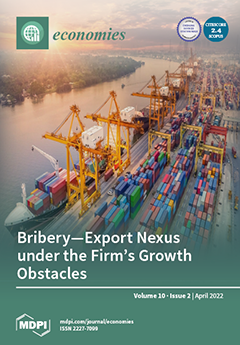A strategy that has the potential to contribute to the achievement of the targets established under SDG 8 (“Decent Work and Economic Growth”) involves the development of sustainable tourism to create productive job and livelihood opportunities and to promote local culture and products. In the province of East Nusa Tenggara (NTT), Indonesia,
ikat weaving is an integral part of the cultural heritage of the region, with
ikat characterized by unique design motives and the use of natural dyes. Unfortunately, in some areas, the use of natural dyes is diminishing as a result of competition with synthetic dyes and the limited availability of raw materials, particularly for the production of blue dye. The development of
Indigofera spp. to produce natural, plant-based blue dye has significant potential to contribute to community incomes and employment. This study outlines a strategy for developing the use of
Indigofera spp. as a natural dye and describes its potential for contributing to community incomes, especially on Timor Island, NTT. The study shows that weavers currently use indigo plants that grow naturally in gardens and yards. Although the community has a tradition of using these plants, informed by local wisdom, to develop the cultivation and processing of this plant through the application of the appropriate techniques, including innovative approaches to producing indigo paste, could enable the development of
Indigofera spp. cultivation on a larger scale. The study shows that the availability of suitable land is high (±370 thousand ha), with 80% of the suitable land being categorized as critical. The study proposes a development based on the analysis of strengths, weaknesses, opportunities, and threats to assess the manner in which these opportunities could be leveraged with the support and participation of local communities and other stakeholders by leveraging the culture and wisdom of the community regarding the use of
Indigofera spp.
Full article





